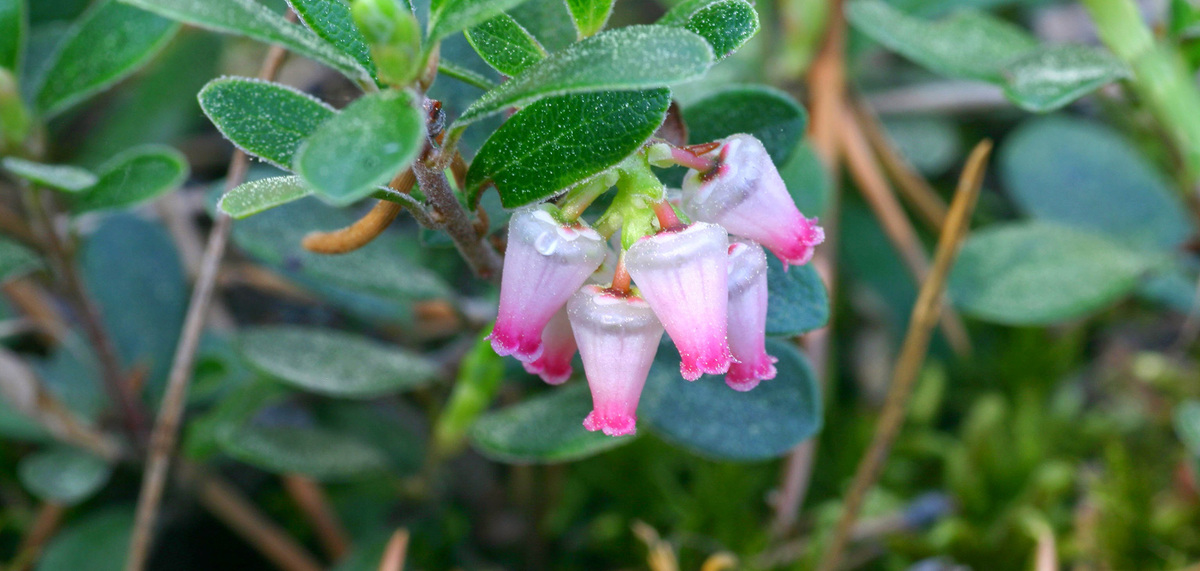Use of Unmanned Aerial Vehicles for Monitoring Recovery of Forest Vegetation on Petroleum Well Sites
Published: Apr 26, 2017
Description: Unmanned aerial vehicles (UAVs) or 'drones', as they are commonly referred to, offer an exciting new approach to local data collection that shows potential in the forestry, mining, and oil and gas industries. This work compares traditional vegetation plot information with drone-collected data at a series of reclaimed well sites in Alberta's northcentral boreal forest. The study's aim is to support the future development of drone-based rapid assessment tools for evaluating ecological recovery at reclaimed human disturbance features. The drone data on plot-level vegetation heights showed a high correspondence with field crew data, but vegetation cover estimates showed less agreement. The results highlight the emerging value of drones to offer a complementary, or perhaps supplementary approach to local data collection that could benefit many applications.
Document Type:
Peer-reviewed Publications - ABMI-collaborators,
Projects and Units - Ecological Recovery Monitoring
Subject Area:
Monitoring,
Reclamation,
Remote Sensing
Citation:
Alberta Biodiversity Monitoring Institute. 2017.
Use of Unmanned Aerial Vehicles for Monitoring Recovery of Forest Vegetation on Petroleum Well Sites.
Available at: https://abmi.ca/publication/465.html
Share this publication
Document Type:
Peer-reviewed Publications - ABMI-collaborators,
Projects and Units - Ecological Recovery Monitoring
Subject Area:
Monitoring,
Reclamation,
Remote Sensing
Citation:
Alberta Biodiversity Monitoring Institute. 2017.
Use of Unmanned Aerial Vehicles for Monitoring Recovery of Forest Vegetation on Petroleum Well Sites.
Available at: https://abmi.ca/publication/465.html
